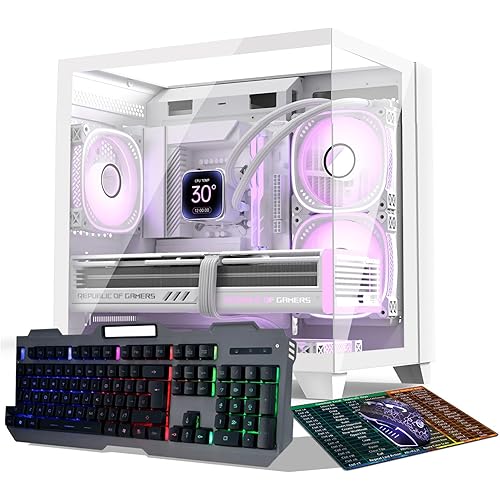SainSmart Genmitsu 3018-PROVer V2 CNC Router Machine for Beginner, Mini Milling Engraver Kit with Z-Probe, Limit Switches, E-Stop, Ideal for Wood, Acrylic, MDF, Plastic (Without Offline Controller)







Buy Now, Pay Later
- – 6-month term
- – No impact on credit
- – Instant approval decision
- – Secure and straightforward checkout
Ready to go? Add this product to your cart and select a plan during checkout.
Payment plans are offered through our trusted finance partners Klarna, PayTomorrow, Affirm, Afterpay, Apple Pay, and PayPal. No-credit-needed leasing options through Acima may also be available at checkout.
Learn more about financing & leasing here.
FREE 30-day refund/replacement
To qualify for a full refund, items must be returned in their original, unused condition. If an item is returned in a used, damaged, or materially different state, you may be granted a partial refund.
To initiate a return, please visit our Returns Center.
View our full returns policy here.
Recently Viewed
Features
- Best Entry-Level: The Genmitsu 3018-PROVER V2 is the first choice for beginners looking to enter the world of CNC machining. It offers incredible value and opens up a world of possibilities, from creating unique artwork and personalised gifts to starting your own small business.
- Effortless Enhancement: Accessories can be easily added to increase the functionality of the CNC machine. A wide range of accessories can be added, including extension kits, powerful spindle and offline control, etc.
- Easy Assembly: The 3018-PROVer V2 has Pre-Assembled Main Parts (gantry frame and the one-piece aluminum spoilboard) and Clear Cable Management. You can have your first CNC machine in under an hour.
- Wide Application: The CNC machine is capable of engraving a wide range of materials, such as wood, plastic, acrylic, PVC, PCB, carbon fiber, and density board. It can also engrave soft metals like copper and aluminum.
- Support Services: CAD/CAM software to design and then convert your ideas into instructions (GCode) that the router can understand and execute (common options are Carveco, Fusion360, and Easel). If you get stuck, check out the SainSmart Resource Center (see User Guide) or contact us with any questions.
Brand: SainSmart
Material: Aluminum
Power Source: Corded Electric
Product Dimensions: 16.54"W x 11.42"H
Voltage: 2.3E+2 Volts (AC)
Brand: SainSmart
Material: Aluminum
Power Source: Corded Electric
Product Dimensions: 16.54"W x 11.42"H
Voltage: 2.3E+2 Volts (AC)
Horsepower: 96
Maximum Rotational Speed: 10000 RPM
Amperage: 1.03 Amps
Base Type: Fixed
Battery Description: Corded electric
UPC: 816550022917
Manufacturer: SainSmart
Part Number: 3018-PROVer
Item Weight: 20.3 pounds
Item model number: 3018-PROVer V2
Style: 3018-PROVer
Item Package Quantity: 1
Included Components: CNC Router Machine
Batteries Included?: No
Batteries Required?: No
Description Pile: Corded electric
Date First Available: October 21, 2019
Frequently asked questions
Top Amazon Reviews
🚀 Abunda's Overview
This is our summary and key points to consider based on customer reviews.
The Sain Smart 3018 PROVer CNC machine garners high praise for its solid construction, comprehensive educational curve for beginners, and impressive performance in cutting through various materials. The machine is noted for its robust build quality and a variety of included upgrades that set it apart from similar units. Both reviewers highlighted the learning process involved with operating the machine and recommended it to individuals willing to delve into the intricacies of CNC machining. Users appreciated the support materials and community available for troubleshooting and learning.
Pros
- 🔧 Solid, well-built machine with a reputation for durability.
- 📚 Extensive learning resources and supportive user community.
- 🔄 Includes important upgrades like limit switches and an offline controller.
- 💼 Known brand with good customer service.
- 👍 Effective for various materials and offers high-quality cuts.
Cons
- 🔍 Assembly and calibration require time and patience.
- 📏 Limited workspace size restricts the scale of projects.
- 🧰 Included hold-down clamps and Vee bits considered "fiddly."
- 🛠 Some basic understanding of G Code, 3D modeling, woodworking, and electronics necessary.
Should I Buy It?
If you are eager to learn and looking for a solid entry into CNC machining with a good balance of price and performance, the Sain Smart 3018 PROVer is an excellent choice. Its robust build, array of features, and supportive community make it suitable for beginners and experienced users alike who are willing to engage with the learning curve. For those seeking an out-of-the-box solution for intricate projects without the need for in-depth learning, it may be wise to consider other options.


























